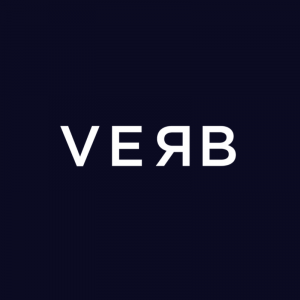Reaching High Net Worth Individuals through Paid Media

Uncertainty in the financial markets creates change.
In the wake of COVID-19, the world entered into unchartered territory in finding ways to minimise the spread of the pandemic. Although the methods for socially distancing hugely differed between countries, the one key theme across the world is that the vast majority of the population is now socially distancing. For the economy, this meant greater uncertainty around not only consumer spending patterns but also where people are investing, with financial markets tumbling around the world.
In recent weeks; some of the more traditionally safer routes for investment, often relied upon by investors during times of economic recession, have proven problematic (e.g. government bonds returning a record low to their investors). A growing trend has emerged with investors finding alternative routes of investment, one of these being luxury products due to the value their assets hold, compared to stocks and shares.
The rise of luxury goods investment
Over the past 12 months, a number of luxury assets have grown hugely in value. In the most recent Knight Frank City Luxury Investment Index, it was made public that owners of some luxury assets saw steady growth (which is greatly appealing to investors craving security during a time of uncertainty. Assets like Handbags (13.4%), Stamps (6.4%), Art (5.2%) and Whiskey (5%) all saw positive YoY growth with these assets fetching huge sums at auction, like the single-malt 60-year-old Macallan Whiskey 1926, that sold for over $1.1m in October.

It is no longer a viable strategy to focus on a single channel or area in promoting your product. Due to the freedom of lifestyle available to people who have accumulated large sums of wealth in their lifetime, marketing to these users requires an ability to construct a consistent message across a variety of tailored channels, formats and mediums. Investment in a wider portfolio of items requires marketers to have an even better understanding of who the (U)HNWI’s they are targeting are, to ensure their campaigns are targeted in the right way.
Audience. Messaging. Context.
For many years in advertising, the holy trinity for success has been built on a few simple pillars: Audience (ensuring your message is sent to the right people), Messaging (delivering an effective message in a clear way) and Context (ensuring your message is sent in the right way). This strategy remains pretty consistent regardless of which group of users you are targeting your marketing towards, including investors of luxury goods.
Audience
A key first step in any successful marketing campaign is analysing and taking learnings from previously collected data. Within your analytics platform or DMP comparing different buckets of users you can build up profiles of your customers across their interests, devices, geos, behaviours and demographics. This information allows you to inform your prospecting activity.
Next is important to map out the ideal customer journey to your website, tagging up each potential drop-off point (across the site, and upper funnel marketing activity). This allows you to create buckets of users to retarget and then also create lookalikes of these users to inform mid-funnel prospecting.
Bring this all together, we can then map out your data-driven marketing funnel. At VERB, we use the Google See, Think, Do, Care Model to create ‘STDC’ iterations for each channel, and then map these to a wider cross-channel strategy.
Messaging
Now we know what the audience looks like and how they will be interacting with the different touchpoints of your marketing & website – you need to plan how to talk to users at each of these stages and across each channel.
Unlike when messaging around more traditional investing, investing in luxury products is typically motivated by a passion for the product they are investing in – be that Art, Whiskey, or Fashion. Using the buckets you mapped earlier for your customer journey, you can then decipher the stages of your client journey, and develop a creative strategy around providing the ideal message for each of these stages.
Context
The final stage is to then ensure you deliver this message to the right people, in the right way; selecting the appropriate channels is key to this. In your initial audience research phase, it is also important to do research on the sort of content your audience is consuming- as this will help inform your later channel decisions.
Consumers have so many mediums to consume content on, whether that’s social media, podcasts, news stories, videos, or via a search engine. Using paid media tools you can target users across all of these formats, via trackable, real-time bidded auctions via programmatic, social or paid search.
Investment into luxury products requires high-levels of research by those investing, therefore by tapping into the sub-cultures of content across these products, you can effectively market your brand to high-net worths throughout their research process.
Ultimately, digital marketing and, in this case in particular, paid media, done right to attract HNWI to invest is a tactic that does work. Our work for Octavian, an investment platform for fine wine, despite this particular piece of work centering around SEO and Website UX, is proof of this.









